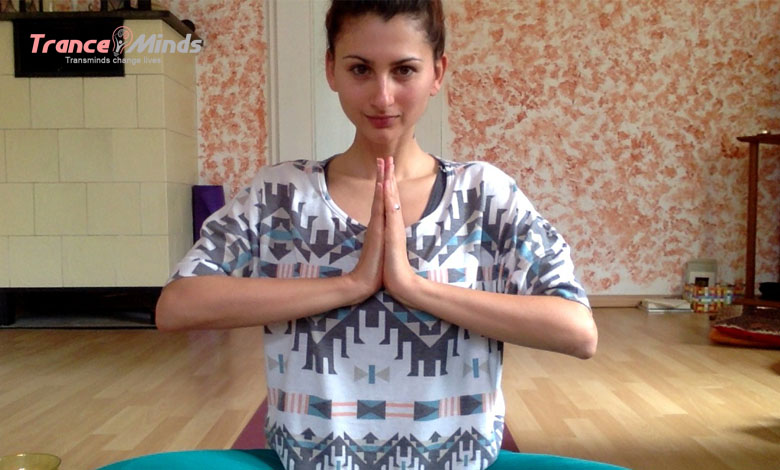Meditation is only focusing on many things

MEDITATION FOR STRESS MANAGEMENT
What is meditation for stress management?
Meditation is focusing attention on only one thing, excluding all other thoughts. Often people can relieve their stress through meditation, as by focusing on just one thing, it is difficult, if not impossible, to worry or focus on something else, such as what causes stress. This type of approach is also helpful in choosing which thoughts to think about, as well as gaining insight into persistent thought patterns.
The main and beneficial purpose of meditation is that it allows the user to remain focused in this moment. Too often we get wrapped up in thoughts, worries, and problems about the future or we relive the past by remembering how things should be or what should have been done. By spending so much of our time in the future or the past, we lose much of the moment that is right in front of us now. We lose ourselves in thought and lose the “way out”; we spend our time worrying about something that never happened; we become angry with something from the past and we no longer find support in our life. In the process, we spend less time focused on those things that are really important in our lives right now.
Is meditation widely used?
Meditation has been used extensively around the world for thousands of years. While commonly associated with various religious practices ranging from Zen to Hindu Buddhism, the value of meditation as a powerful stress-reducing tool has spread rapidly in the United States.
In 1968, Dr. Herbert Benson conducted the research at Harvard and found that the regular and disciplined practice of meditation expected to produce the following results:
Decreased respiratory and heart rate
20% decrease in oxygen consumption
Decrease in blood lactate levels that normally rise with stress and fatigue
Quadruple increase in skin resistance to electrical current, a sign of relaxation.
A pronounced increase in alpha brain waves, another sign of relaxation
Benson’s research indicated that these results were achievable by most people, provided these four factors were present:
A relatively calm environment
Something specific to focus on: Your own breathing, a mantra or phrase repeated over and over again, silent counting, staring at an object
A comfortable position: it is often sitting (but you can also meditate lying in bed)
A passive attitude, without straining or judging that allows the person to let their thoughts flow as they enter their mind and repeatedly refocus on the object
What are the benefits?
The obvious benefits of meditation are the physiological ones detailed above: a general slowing of body functions and the general reduction of stress and fatigue. But the benefits of stress reduction go beyond just feeling more relaxed and more focused, and it has been shown to possibly have a profound effect on the body as well as your health.
By slowing your heart and breathing rates, reducing oxygen consumption and blood lactate levels, and decreasing other physiological results of stress, meditation can help you achieve a better overall result.
Consider the following:
Dean Ornish MD found that through a strict diet, moderate exercise, and regularly practiced yoga and/or meditation, his patients were able to reverse the effects of heart disease, dramatically lowering cholesterol levels in the process.
Working at the University of Massachusetts Medical Center, Jon Kabat-Zinn Ph.D., helped people with chronic pain reduce pain and stress levels
Meditation is currently recommended by the National Institutes of Health as a first-line treatment for moderate hypertension (high blood pressure).
What are the risks?
Perhaps the greatest risk involved in meditation is hoping for immediate and important results or hoping that it will substitute for more traditional medical treatment of medical problems. Meditation should be considered as a complementary or supplementary therapy, rather than as the main treatment.
What is involved? How do I do it?
It would be foolish to try to give the “how to do” meditation in a brochure like this one; instead, we provide some general descriptions and recommend reading them.
There are many schools of meditation and the main thread in all of them is the intention of emptying the mind of all thoughts, concentrating on a single thought (a word, image, the breath), or simply concentrating on the flow of the breath going in and out. of the body. Many forms of meditation focus on the breathing process, especially deep abdominal breathing.
Basic meditation:
Generic or basic meditation is what is typically featured in most adult or community education books and courses. This method includes choosing something you can focus your attention on a mantra (word or phrases like ‘ Ohm’ or ‘ peace’); count the breath; or fix your gaze on an object, such as a candle, stone, or plant, without thinking about the words.
After assuming a comfortable posture, continue taking deep, relaxed breaths while maintaining concentration by repeating the mantra, fixing your gaze on the object of choice, counting the breaths, or focusing on the sensation included in the breath (feeling the air penetrate through from the nostrils, descends through the throat and expands in the lungs and stomach to finally leave the chest). Whenever you find your mind wandering, be attentive and gently return to your concentration.




